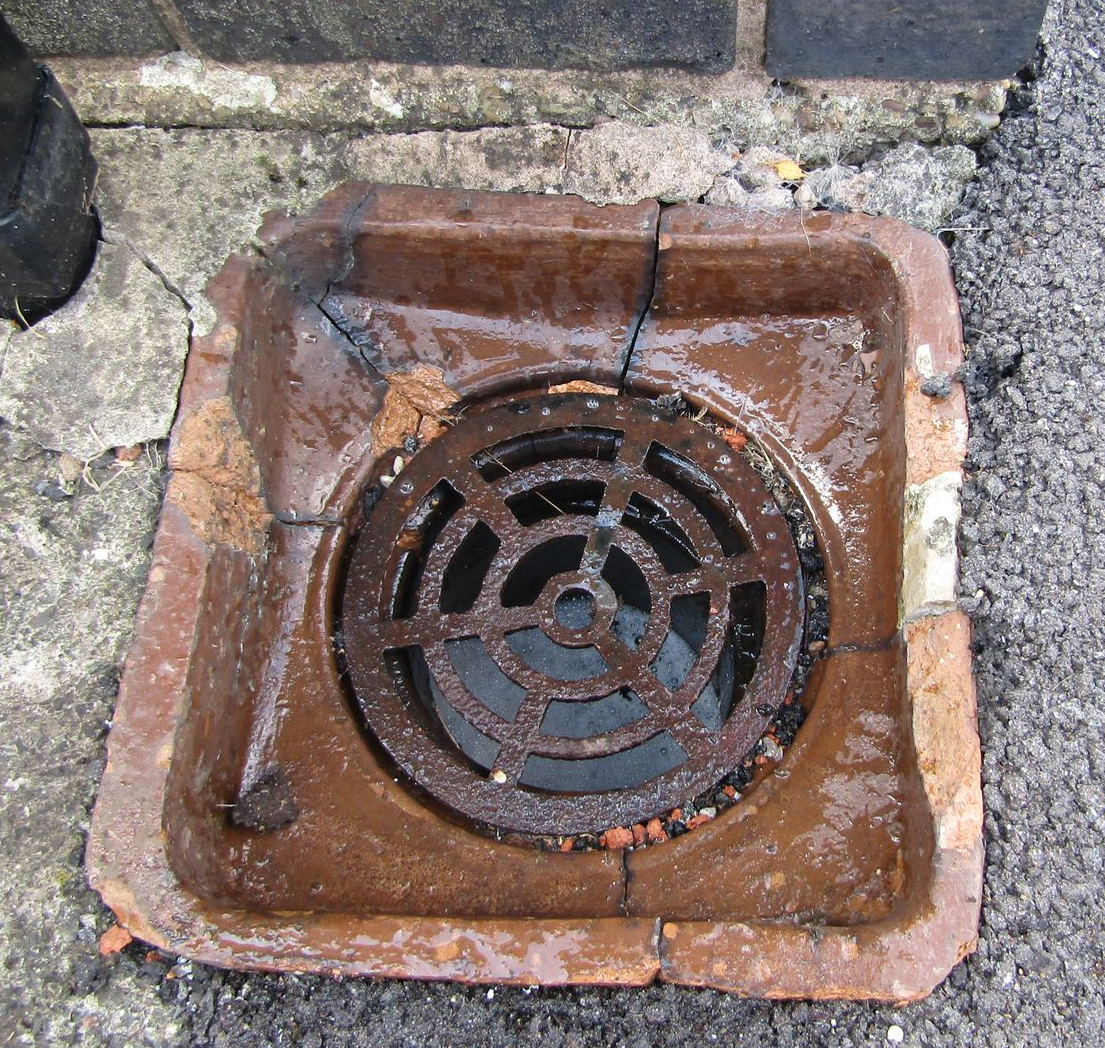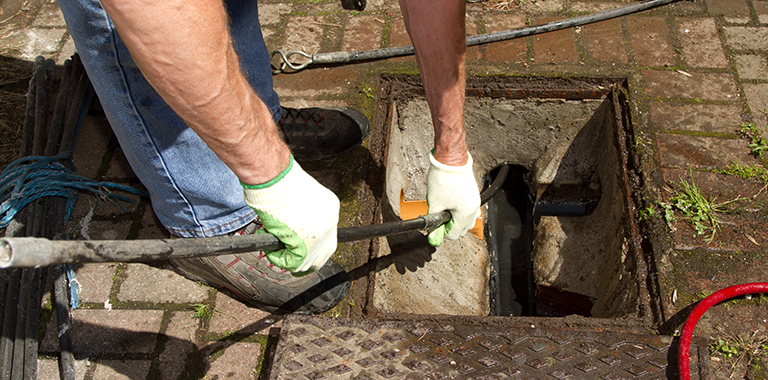Actions for Managing a Blocked Drain Before Consulting Expert Help
Actions for Managing a Blocked Drain Before Consulting Expert Help
Blog Article
Are you currently hunting for additional info involving 8 Tips For Clearing A Blocked Drain?

Intro
Taking care of a blocked drainpipe can be a frustrating experience, interfering with daily tasks and possibly creating damage to your property. Nevertheless, before connecting to pipes specialists, there are actions you can require to attend to the concern on your own. In this guide, we'll explore do it yourself remedies and safety nets to take on an obstructed drainpipe properly.
Determining the Concern
The very first step in dealing with an obstructed drainpipe is recognizing the signs. Sluggish drain, gurgling sounds, foul odors originating from drains pipes, or water backing up are common indications of a blocked drain. Recognizing these signs early can assist avoid further issues.
Usual Root Causes Of Obstructed Drainpipes
Understanding the aspects that add to drain blockages is essential for effective resolution. Typical wrongdoers consist of hair, soap scum, oil, food particles, and foreign objects like hygienic products or paper towels. Tree roots invading underground pipelines can also trigger significant clogs.
Do it yourself Solutions
For small clogs, numerous do it yourself remedies can be efficient. Putting boiling water down the drainpipe can help liquify oil and debris. Sodium bicarbonate and vinegar or a blend of salt and cooking soda can serve as all-natural cleaners. Using a bettor or plumbing snake to displace obstructions is another option.
Devices and Tools
Having the right devices available can make DIY drainpipe cleansing more efficient. A plunger is a versatile tool for clearing obstructions in sinks, bathrooms, and showers. A plumbing serpent or auger can get to deeper clogs, while drainpipe cleaning chemicals can be used carefully for stubborn clogs.
Safety nets
To prevent future blockages, adopting safety nets is crucial. Mount drain guards or strainers to catch hair and particles prior to they enter the pipes. Routinely flush drains pipes with warm water to liquify grease accumulation, and stay clear of dealing with grease or strong waste down the tubes.
When to Call an Expert
While DIY services can resolve small clogs, certain indicators show the demand for expert help. Relentless clogs, foul odors regardless of cleaning up efforts, or multiple drains pipes supporting simultaneously are warnings that warrant expert treatment.
Picking the Right Plumbing Service
When choosing a pipes solution, think about elements such as experience, licensing, and client reviews. Select a trustworthy plumber with a performance history of top quality handiwork and clear pricing techniques.
Cost Factors to consider
The cost of expert drainpipe cleaning company can vary relying on the extent of the blockage and the plumbing technician's prices. Demand quotes from multiple carriers and ask about any additional charges to make sure transparency and stay clear of surprises.
Safety Precautions
When attempting do it yourself drainpipe cleaning, prioritize safety. Use protective gloves and eyeglasses to avoid contact with hazardous chemicals or microorganisms. Never mix different drain cleaning products, as this can produce unsafe fumes.
Case Studies
Real-life examples illustrate the efficiency of do it yourself options and the significance of timely expert intervention in resolving drainpipe clogs.
Verdict
By adhering to the pointers detailed in this guide, you can effectively tackle blocked drains pipes and avoid future pipes problems. Whether choosing DIY solutions or seeking specialist help, timely activity is essential to keeping a healthy pipes system and maintaining the stability of your home.
How to Clear a Clogged Drain Yourself (And When to Call In the Professionals)
What Can Clog a Drain
Dirt Skin flakes Hair Grease Soap scum Food Offset pipes Tree roots Small objects Mineral buildup DIY Tricks to Unclog a Drain
You can fix this! Once you have identified the source of the clog (or have a vague idea), you can try one or a combination of these fixes in order to clear your plumbing.
Wire Hanger or Snake
Untangle and clear out hair from a drainpipe with a homemade snake. Use a straightened-out wire hanger with a 90-degree angle hook to locate the clog and drag out any unwanted material.
Remember not to push the clog further down to where the wire hanger cannot reach! If you need to follow up with a plunger, give it a try. Your efforts might be more successful after it’s been wire-snaked.
If you want to get fancy and don’t have a wire hanger to spare, head to the store and pick up a hand-operated drain snake. You can get one for $10-$30. It may save you the hassle, and provide additional length to reach deep into the clogged pipe.
Plunger
A cup plunger has a suction cup attached to a wooden handle. The rubber creates a seal around the drain, and increases the pressure force of the plunger.
Plunge for 30-second increments to loosen the clog. This may need to be repeated over the course of 15-20 minutes. Once plunged, run the water to flush the remaining material out of the drain.
Remember– never use a plunger if you have used a chemical drain cleaner. These chemicals can splash up from the force of the plunger and cause serious injury or burns.
Boiling Water
Hot water can sometimes break up materials into a flushable amount. Dirt, grease, and soap buildup requires heat in order to unstick from surfaces.
Take your kitchen kettle and heat your water to a boil. Once it reaches a rolling boil, pour it directly down the drain into the blockage. Carefully follow with plunging, if necessary.
Don’t worry if this takes more than one try! It can often take multiple kettles and repeated plunging in order to clear a particularly stubborn clog.
Chemical Drain Cleaner
As a last resort, pick up a bottle of chemical drain cleaner. Drain-cleaning chemicals are potent, and not very good for the environment.
You may need to wear protective eyewear in gloves before handling your bottle of chemical drain cleaner. Follow the instructions printed on the bottle, and flush with water as soon as the instructions allow. Do not follow with plunging.
Baking Soda and Vinegar
As a safer alternative to chemical drain cleaner, baking soda and vinegar can create a chemical reaction that clears tough clogs.
Combine one cup of cleaning vinegar with one cup of boiling water, and set aside. Once you have done this, pour half a cup of baking soda down the drain. Give the baking thirty seconds to settle and cover a large portion of the problem drain.
Following the baking soda, pour down your vinegar and hot water solution. Once the vinegar and baking soda combine, the mixture will bubble and fix. Let this reaction fizzle in the drain for about an hour.
After an hour, follow with a kettle’s worth of hot water. The heat and liquid should flush out any remaining material.
When to Call a Plumber
If your DIY attempts haven’t cleared your clog drain, it’s time to call in a professional. It’s not worth losing access to your kitchen sink or high-traffic bathroom. A clog in a vital area can keep you from the things you’d rather be doing, and derail your routine.
Anytime a clog is causing water to spread is a time to call in a plumbing service. What starts out as a little bit of water can quickly grow into serious, expensive water damage.
Additionally, a serious clog can result in burst pipes or serious leaks. Make sure you know when to take it seriously!
https://myguysnow.com/how-to-clear-a-clogged-drain-yourself-and-when-to-call-in-the-professionals/

I stumbled upon that blog post on What I learned from trying to deal with a clogged drain when scouting around the web. If you appreciated our blog entry please make sure you remember to pass it around. Thanks a lot for your time invested reading it.
Schedule Free Estimate Report this page